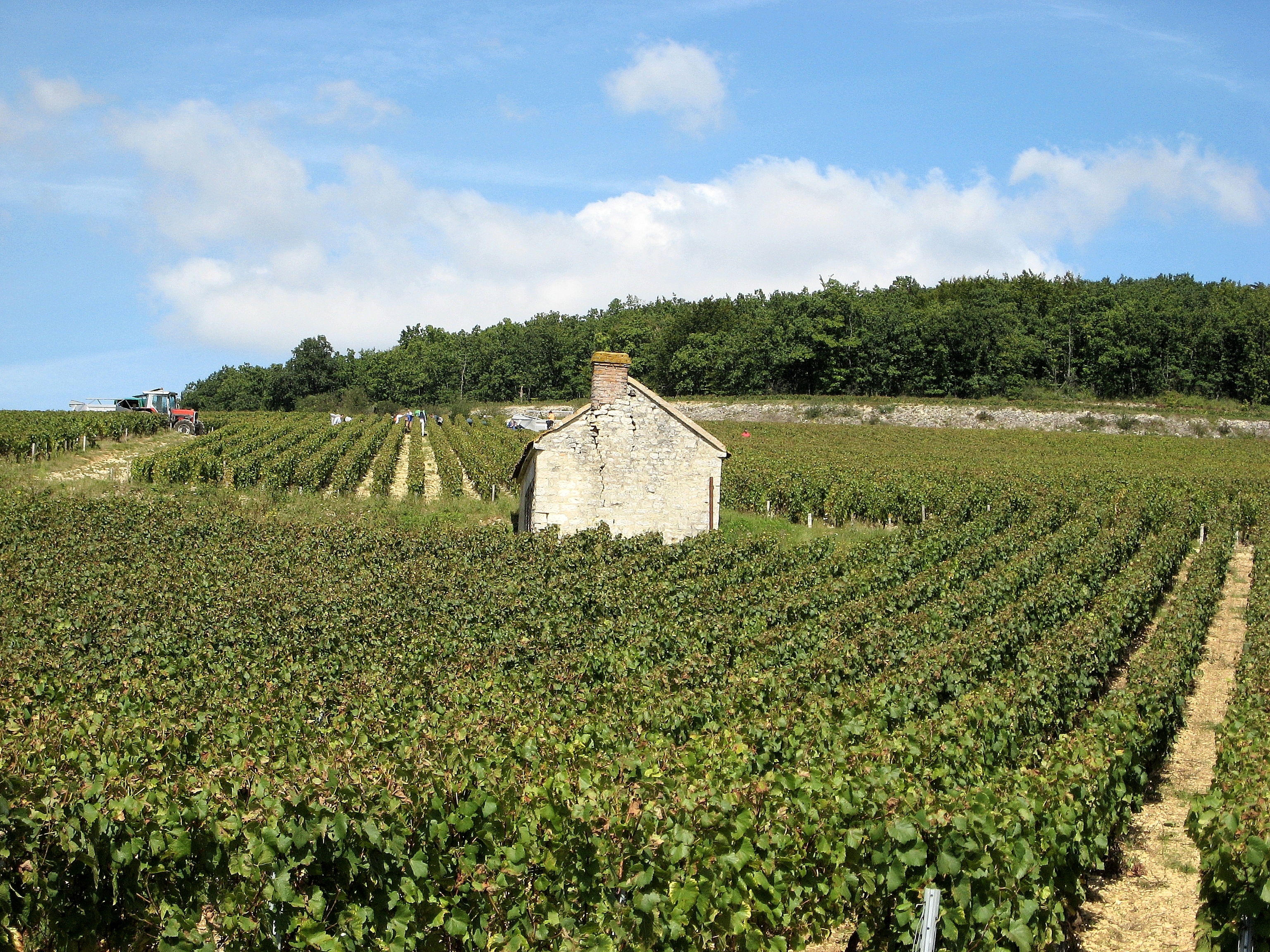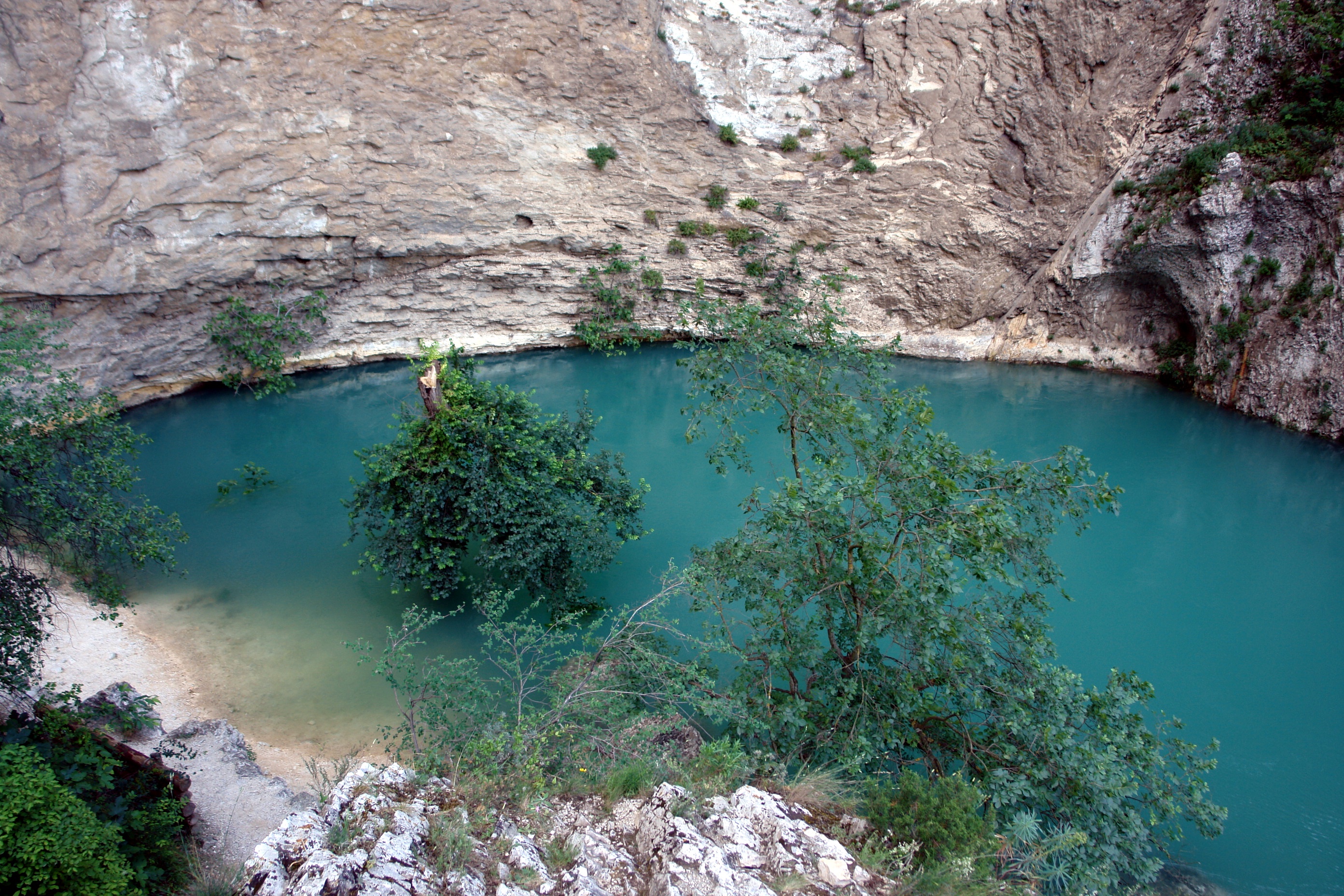|
Gigondas AOC
Gigondas () is a French wine ''Appellation d'Origine Contrôlée'' (AOC) in the southern Rhône wine region of France. It is primarily a red wine region, with a very small amount of rosé wine produced. As of September 2022, the AOC Gigondas appellation was extended to include white wines. Considered a little brother to Châteauneuf-du-Pape, the wine is moderately prestigious and can age well when treated with care. Gigondas AOC wine is produced exclusively in the commune of Gigondas, in Vaucluse. History The name of the appellation is of Roman origin. ''Jocunditas'' means great pleasure and enjoyment in Latin; the town was founded as a recreational site for the soldiers from the Roman Empire Second Legion. The finding of a Bacchus-head indicates that wine was already grown at this time. Later the fields went to the church and later still, one finds the Prince of Orange to be a large land owner in the area. As early as 1894 the wines from the region won a gold medal at the ... [...More Info...] [...Related Items...] OR: [Wikipedia] [Google] [Baidu] |
Appellation D'origine Contrôlée
In France, the ''appellation d'origine contrôlée'' (, ; abbr. AOC ) is a label that identifies an agricultural product whose stages of production and processing are carried out in a defined geographical area – the ''terroir'' – and using recognized and traditional know-how. The specificity of an AOC product is determined by the combination of a physical and biological environment with established production techniques transmitted within a human community. Together, these give the product its distinctive qualities. The defining technical and geographic factors are set forth in standards for each product, including wines, cheeses and meats. Other countries and the European Union have similar labeling systems. The European Union's protected designation of origin (PDO and PGI) system has harmonized the protection of all geographical indications and their registration. When labelling wine however, producers may still use recognized traditional terms like AOC, and are not requ ... [...More Info...] [...Related Items...] OR: [Wikipedia] [Google] [Baidu] |
White Wine
White wine is a wine that is Fermentation in winemaking, fermented without undergoing the process of Maceration (wine), maceration, which involves prolonged contact between the juice with the grape skins, seeds, and pulp. The wine color, colour can be straw-yellow, yellow-green, or yellow-gold. It is produced by the alcoholic fermentation of the non-coloured Juice vesicles, pulp of grapes, which may have a skin of any colour. White wine has existed for at least 4,000 years. The wide variety of white wines comes from the large number of Varietal, varieties, methods of winemaking, and ratios of residual sugar. White wine is mainly from "white" grapes, which are green or yellow in colour, such as the Chardonnay, Sauvignon blanc and Riesling. Some white wine is also made from grapes with coloured skin, provided that the obtained wort is not stained. Pinot noir, for example, is commonly used to produce champagne. Among the many types of white wine, dry white wine is the most common ... [...More Info...] [...Related Items...] OR: [Wikipedia] [Google] [Baidu] |
Burgundy Wine
Burgundy wine ( or ') is made in the Burgundy region of eastern France, in the valleys and slopes west of the Saône, a tributary of the Rhône. The most famous wines produced here, and those commonly referred to as "Burgundies", are dry (wine), dry red wines made from pinot noir grapes and white wines made from chardonnay grapes. Red and white wines are also made from other grape varieties, such as gamay and aligoté, respectively. Small amounts of rosé and sparkling wines are also produced in the region. Chardonnay-dominated Chablis (wine), Chablis and gamay-dominated Beaujolais wine, Beaujolais are recognised as part of the Burgundy wine region, but wines from those subregions are usually referred to by their own names rather than as "Burgundy wines". Burgundy has a higher number of ' (AOCs) than any other French region, and is often seen as the most '-conscious of the French wine regions. The various Burgundy AOCs are classification of wine, classified from carefully deline ... [...More Info...] [...Related Items...] OR: [Wikipedia] [Google] [Baidu] |
World War II
World War II or the Second World War (1 September 1939 – 2 September 1945) was a World war, global conflict between two coalitions: the Allies of World War II, Allies and the Axis powers. World War II by country, Nearly all of the world's countries participated, with many nations mobilising all resources in pursuit of total war. Tanks in World War II, Tanks and Air warfare of World War II, aircraft played major roles, enabling the strategic bombing of cities and delivery of the Atomic bombings of Hiroshima and Nagasaki, first and only nuclear weapons ever used in war. World War II is the List of wars by death toll, deadliest conflict in history, causing World War II casualties, the death of 70 to 85 million people, more than half of whom were civilians. Millions died in genocides, including the Holocaust, and by massacres, starvation, and disease. After the Allied victory, Allied-occupied Germany, Germany, Allied-occupied Austria, Austria, Occupation of Japan, Japan, a ... [...More Info...] [...Related Items...] OR: [Wikipedia] [Google] [Baidu] |
Prince Of Orange
Prince of Orange (or Princess of Orange if the holder is female) is a title associated with the sovereign Principality of Orange, in what is now southern France and subsequently held by the stadtholders of, and then the heirs apparent of, the Netherlands. The title "Prince of Orange" was created in 1163 by Holy Roman Emperor Frederick Barbarossa, by elevating the county of Orange to a principality, in order to bolster his support in that area in his conflict with the Papacy. The title and land passed to the French noble houses of Baux, in 1173, and of Chalons, in 1393, before arriving with René of Nassau in 1530. The principality then passed to René's cousin, the German-born nobleman from then Spanish Netherlands, William (known as "the Silent"), in 1544. Subsequently, William led a successful Dutch revolt against Spain, however with independence the new country became a decentralized republic rather than a unitary monarchy. In 1702, after William the Silent's gre ... [...More Info...] [...Related Items...] OR: [Wikipedia] [Google] [Baidu] |
History Of Wine
The oldest evidence of ancient wine production has been found in Georgia from BC (the earliest known traces of grape wine), Greece from BC, Armenia from BC (large-scale production), and Sicily from BC. The earliest evidence of fermented alcoholic beverage of rice, honey and fruit, sometimes compared to wine, is claimed in China ( BC). The altered consciousness produced by wine has been considered religious since its origin. The ancient Greeks worshiped Dionysus or Bacchus and the Ancient Romans carried on his cult. at greekwinemakers.com Consumption of ritual wine, probably a certain type of sweet wine originally, was part of Jewish practice since Biblical times and, as part of the eucharist commemorating Jesus's Last Supper, became even more essential to the Christian Church. Although Islam nominally forbade the production or consumption of wine, during its Golden Age, alchemists such as Geber pioneered wine's distillation for medicinal and industrial purpos ... [...More Info...] [...Related Items...] OR: [Wikipedia] [Google] [Baidu] |
Bacchus
In ancient Greek religion and myth, Dionysus (; ) is the god of wine-making, orchards and fruit, vegetation, fertility, festivity, insanity, ritual madness, religious ecstasy, and theatre. He was also known as Bacchus ( or ; ) by the Greeks (a name later adopted by the Romans) for a frenzy he is said to induce called ''baccheia''. His wine, music, and ecstatic dance were considered to free his followers from self-conscious fear and care, and subvert the oppressive restraints of the powerful. His ''thyrsus'', a fennel-stem sceptre, sometimes wound with ivy and dripping with honey, is both a beneficent wand and a weapon used to destroy those who oppose his cult and the freedoms he represents. Those who partake of his mysteries are believed to become possessed and empowered by the god himself. His origins are uncertain, and his cults took many forms; some are described by ancient sources as Thracian, others as Greek. In Orphism, he was variously a son of Zeus and Perseph ... [...More Info...] [...Related Items...] OR: [Wikipedia] [Google] [Baidu] |
Legio II Gallica
Legio II Gallica was a Roman legion established in Arausio (modern Orange, Vaucluse, Orange) can be possibly equated with later Legio II Augusta. See also *List of Roman legions Literature * Lawrence Keppie: ''Legions and Veterans: Roman Army Papers 1971–2000'', Franz Steiner Verlag, 2000, ; chapter ''The Origins and Early History of the Second Augustan Legion'', pages 123–128 (inGoogle Books . The chapter discusses predecessors of the II Augusta legion and an inscription on the Triumphal Arch of Orange which mentions II Gallica. {{AncientRome-mil-stub Roman legions, 02 Gallica ... [...More Info...] [...Related Items...] OR: [Wikipedia] [Google] [Baidu] |
Latin
Latin ( or ) is a classical language belonging to the Italic languages, Italic branch of the Indo-European languages. Latin was originally spoken by the Latins (Italic tribe), Latins in Latium (now known as Lazio), the lower Tiber area around Rome, Italy. Through the expansion of the Roman Republic, it became the dominant language in the Italian Peninsula and subsequently throughout the Roman Empire. It has greatly influenced many languages, Latin influence in English, including English, having contributed List of Latin words with English derivatives, many words to the English lexicon, particularly after the Christianity in Anglo-Saxon England, Christianization of the Anglo-Saxons and the Norman Conquest. Latin Root (linguistics), roots appear frequently in the technical vocabulary used by fields such as theology, List of Latin and Greek words commonly used in systematic names, the sciences, List of medical roots, suffixes and prefixes, medicine, and List of Latin legal terms ... [...More Info...] [...Related Items...] OR: [Wikipedia] [Google] [Baidu] |
Ancient Rome
In modern historiography, ancient Rome is the Roman people, Roman civilisation from the founding of Rome, founding of the Italian city of Rome in the 8th century BC to the Fall of the Western Roman Empire, collapse of the Western Roman Empire in the 5th century AD. It encompasses the Roman Kingdom (753–509 BC), the Roman Republic (50927 BC), and the Roman Empire (27 BC476 AD) until the fall of the western empire. Ancient Rome began as an Italic peoples, Italic settlement, traditionally dated to 753 BC, beside the River Tiber in the Italian peninsula. The settlement grew into the city and polity of Rome, and came to control its neighbours through a combination of treaties and military strength. It eventually controlled the Italian Peninsula, assimilating the Greece, Greek culture of southern Italy (Magna Graecia) and the Etruscans, Etruscan culture, and then became the dominant power in the Mediterranean region and parts of Europe. At its hei ... [...More Info...] [...Related Items...] OR: [Wikipedia] [Google] [Baidu] |
Vaucluse
Vaucluse (; or ) is a department in the southeastern French region of Provence-Alpes-Côte d'Azur. It had a population of 561,469 as of 2019.Populations légales 2019: 84 Vaucluse INSEE The department's is . It is named after a spring, the Fontaine de Vaucluse, one of the largest karst springs in the world. The ... [...More Info...] [...Related Items...] OR: [Wikipedia] [Google] [Baidu] |
Gigondas
Gigondas (; ) is a commune in the Vaucluse department in the Provence-Alpes-Côte d'Azur region in Southeastern France. In 2021 it had a population of 430. Geography Gigondas lies in between Vacqueyras and Sablet at the foot of the Dentelles de Montmirail mountains. Wine While the village was known for its 'eau purgative de Montmirail' in the 19th century, it is now known for wines. Gigondas AOC wine is produced in Gigondas. See also *Communes of the Vaucluse department The following is a list of the 151 communes of the Vaucluse department of France. The communes cooperate in the following intercommunalities (as of 2025):Communes of Vaucluse {{Vaucluse-geo-stub ... [...More Info...] [...Related Items...] OR: [Wikipedia] [Google] [Baidu] |









